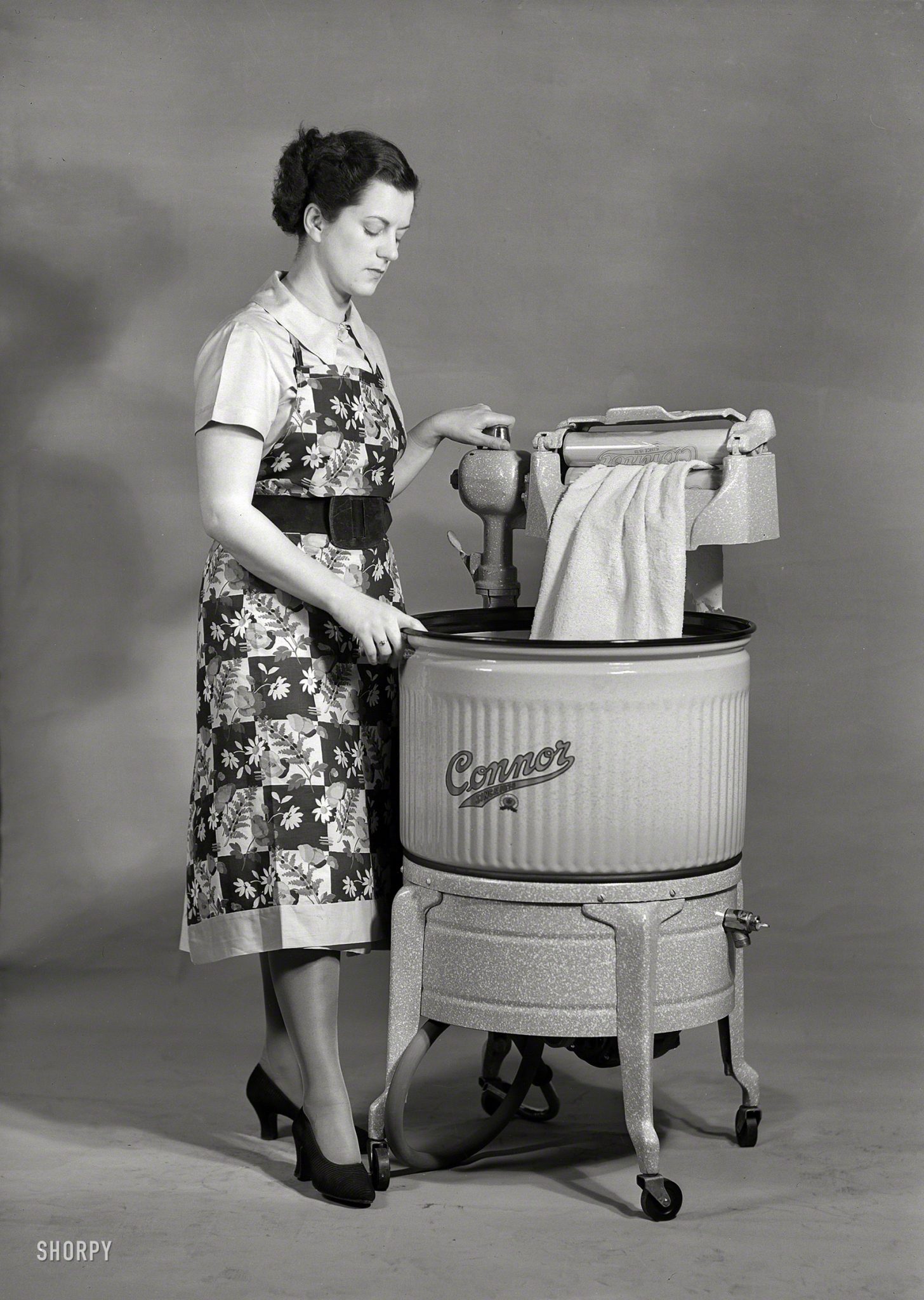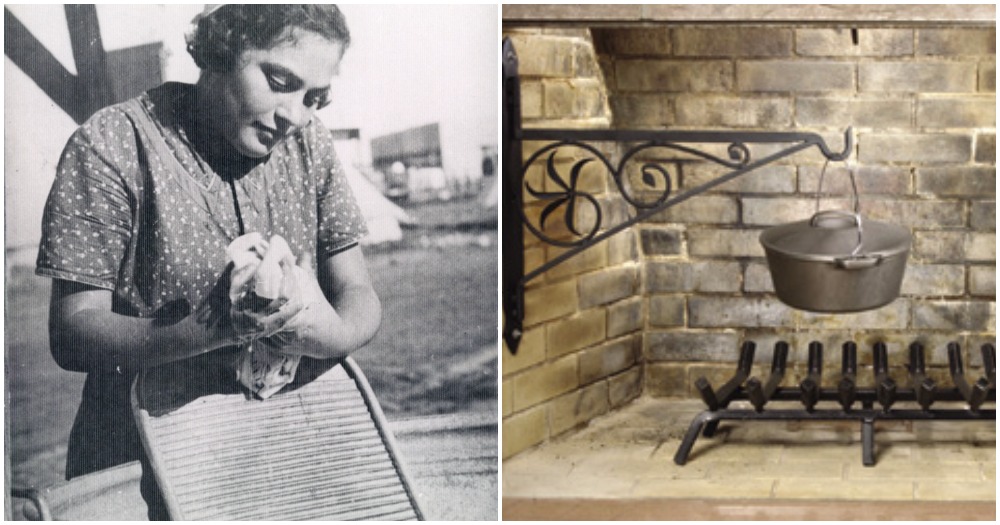
The modern, industrialized world revolves around a myriad of electrical and electronic gadgets. Little is done anymore which doesn’t require electrical power.
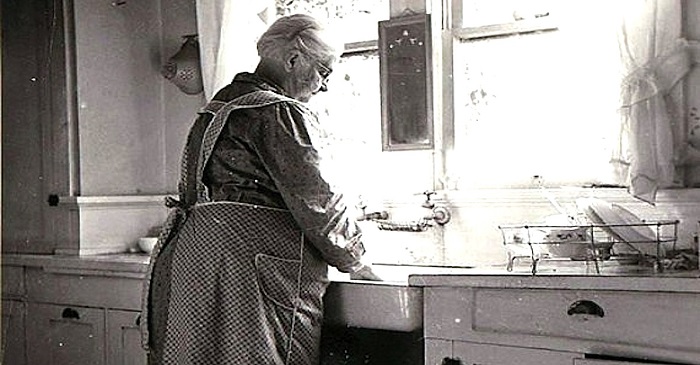
We’ve harnessed this power for tasks to make our lives easier, as well as more interesting. The electric motor is at the core of many of these devices. By using motors, we eliminate the need to provide the manpower for these devices ourselves. This saves both work and time, allowing us to accomplish more, with less effort. Such is modern progress.
One of the major areas where this technology has been applied is in the home, specifically in making homemaking chores easier. Back before electricity, many household tasks required considerable muscle power to accomplish. Women had to work a lot harder in the home and usually for many more hours to get their work done.
While these gadgets to make things easier, our ancestors got by just fine without them. Learning about their appliances can be useful, whether it’s simply to use as a backup in case our electronic versions break, or it’s to use during a power outage.
1. Wood-burning cookstoves
Many homesteaders already use stoves for heat, but that doesn’t mean that they can cook on them. Unlike the older designs, few modern wood-burning stoves are designed to allow their tops to be used as a cook stove. Also, modern wood-burning stoves generally are not in the kitchen.
The difference is that a cook stove is designed for cooking, rather than heating. It provides burners for cooking food in pots and pans, as well as an oven for baking. If you can find one, they’re worth picking up, as new ones are often running over $5,000.

2. Wood-fired water heater
An add-on option to the wood-burning cook stove is a wood-fired water heater. These were a metal tube, installed in the cook stove, above the firebox. Filled, they would hold about five gallons of water, enough to heat a bathtub, when brought to boiling. A spigot on the front allows easy removal of the heated water into a pot or pail.
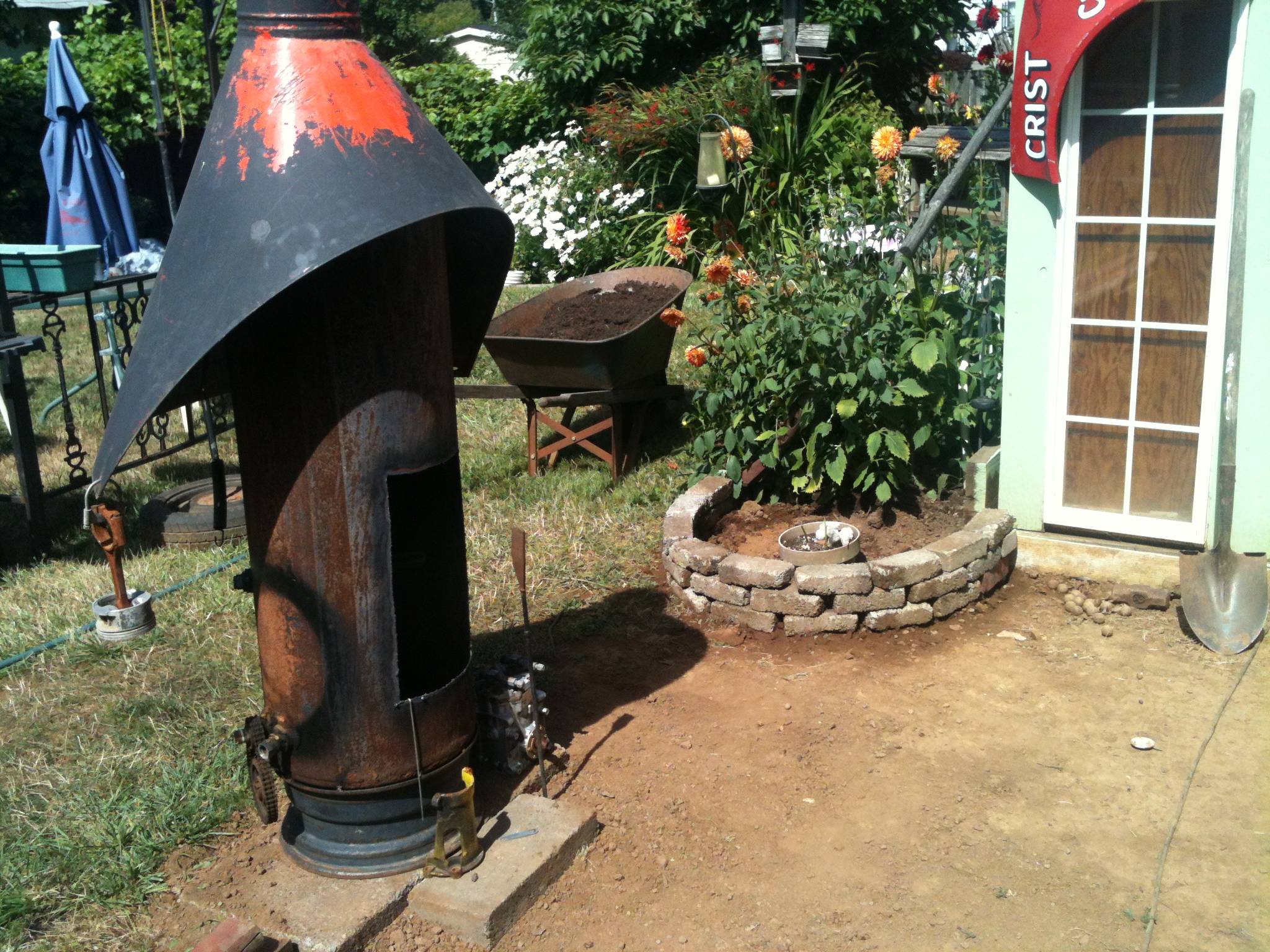
3. Fireplace crane
Those who couldn’t afford a cook stove were stuck with cooking in their fireplaces. That may seem excessively rustic to us today, but it was very common throughout much of history. All a cook stove did was make cooking more convenient, but just like cooking hot dogs over a campfire still works today, so does cooking over a fireplace.
One common means of cooking over a fire in a home was to use a fireplace crane. This is a metal hook, mounted to the side of the fireplace, which allows a suspended pot to be swung over the fire and then swung away for stirring and serving. The fireplace crane adds a lot of safety to cooking in a fireplace, as well as convenience.

4. Oil lamps
Maybe this one isn’t really an appliance, but oil lamps are a vast improvement over using candles for light. They don’t require the time it takes to make candles, can be used with any oil, and provide much more light. This increase in light comes from their larger wick. When used with mineral oil, lamps are smoke-free, helping to keep the air in your home fresher and cleaner.
Surprisingly, few homesteaders and survivalists have oil lamps in their stockpile, mostly opting for candles. But a few oil lamps will serve much better over the long run, ultimately providing much better lighting. Since they can burn other oils than just mineral oil, they will probably still be usable after paraffin for making candles runs out.
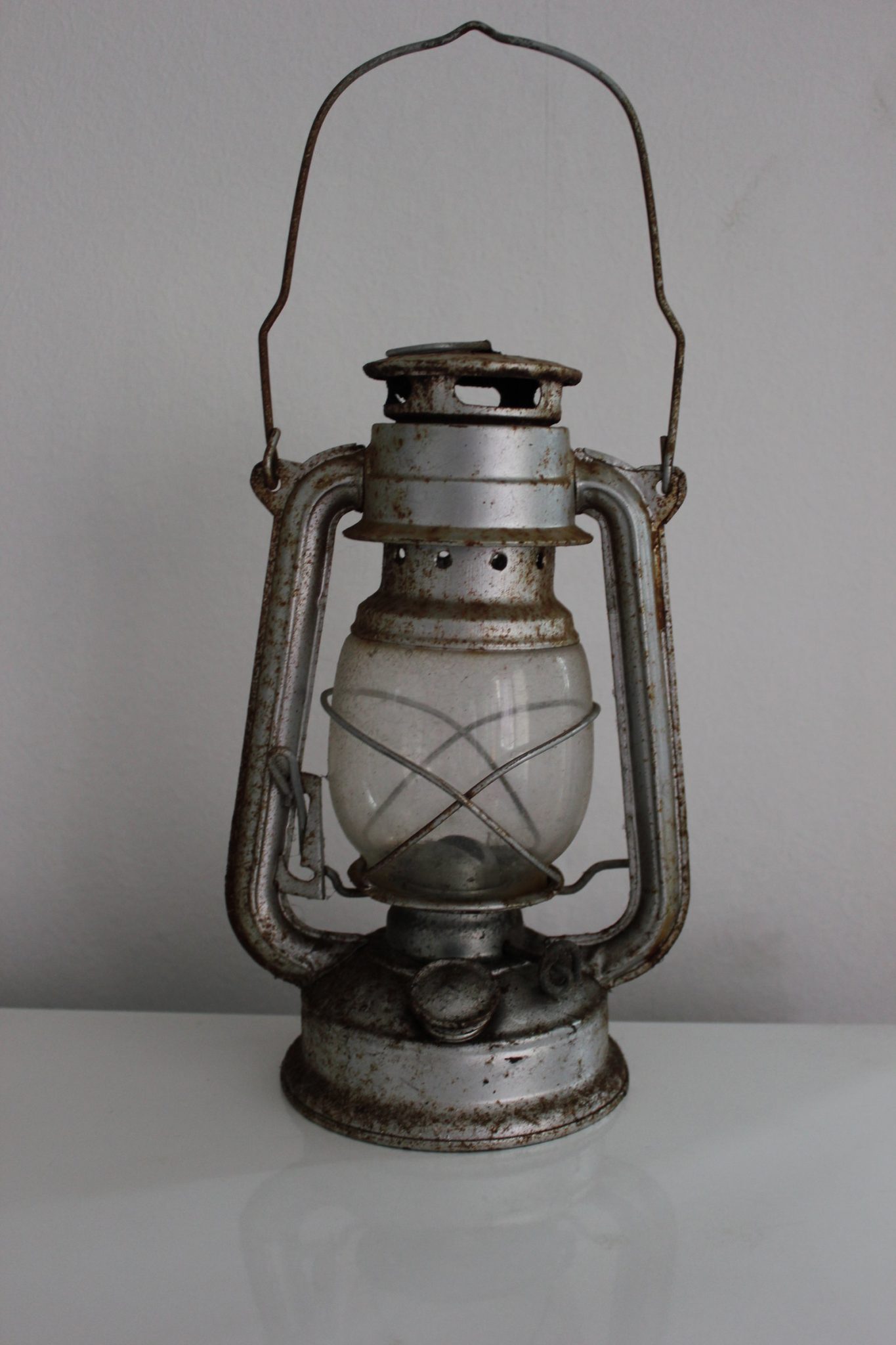
5. Washboard
Yes, washboards do have a purpose other than a hillbilly band. The old-fashioned washboard made washing easier if you can believe that. The corrugated surface provided agitation to the clothes, breaking loose dirt so that it can be rinsed away. While this may not seem easy, it’s better than not having one.
Washboards come in two sizes, a smaller one that is 18 inches x 9 inches and a larger one that is 24 inches x 12 inches. They are also made in a variety of different materials. While zinc-coated steel is the most common, they can also be made of copper, brass and even glass. Of the various materials, glass outlasts the rest.
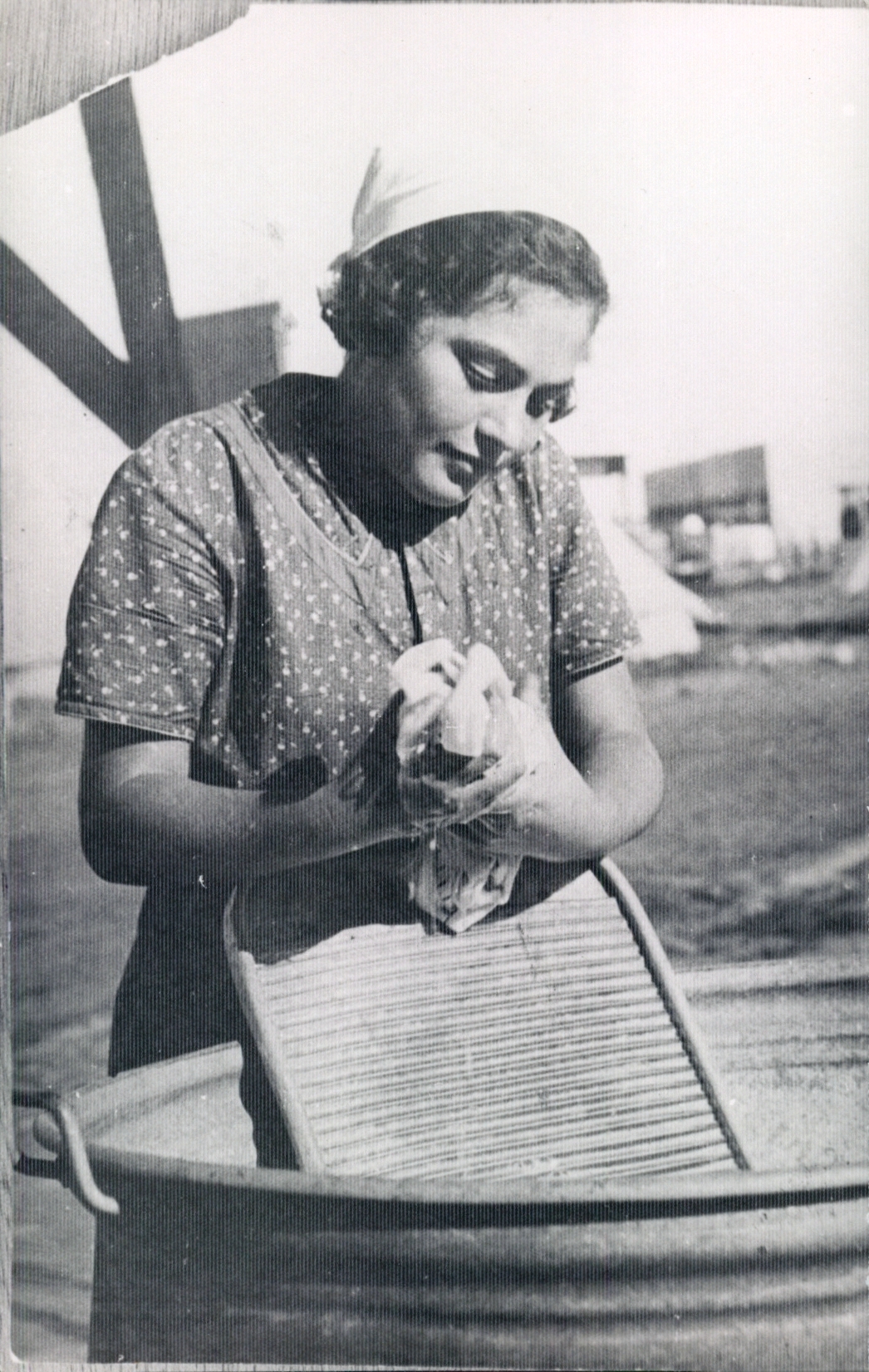
6. Clothes Wringer
If you’re going to have to wash clothes by hand, then it would be nice to be able to wring them out by hand, as well. Of course, you can do that totally by hand, building muscle and making your hands tired, or you can do it with a clothes wringer.
These wringers are most often associated with the early electric tub washing machines, which usually had a wringer mounted on the edge. However, some people had the wringer, without the tub washer. Either way, the wringer still does its job, making it much easier to get the majority of the water out of your clothes, without having to wear out your hands.
